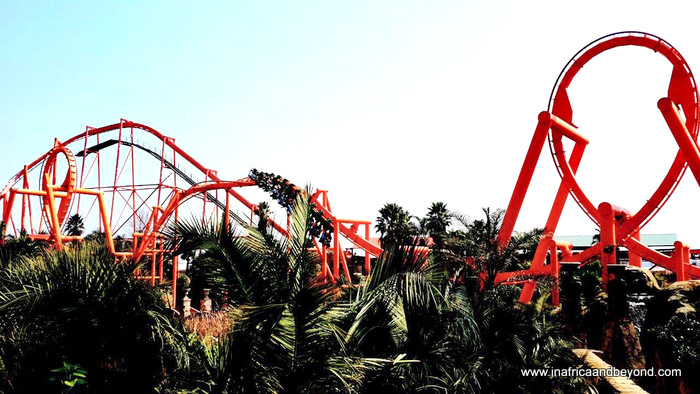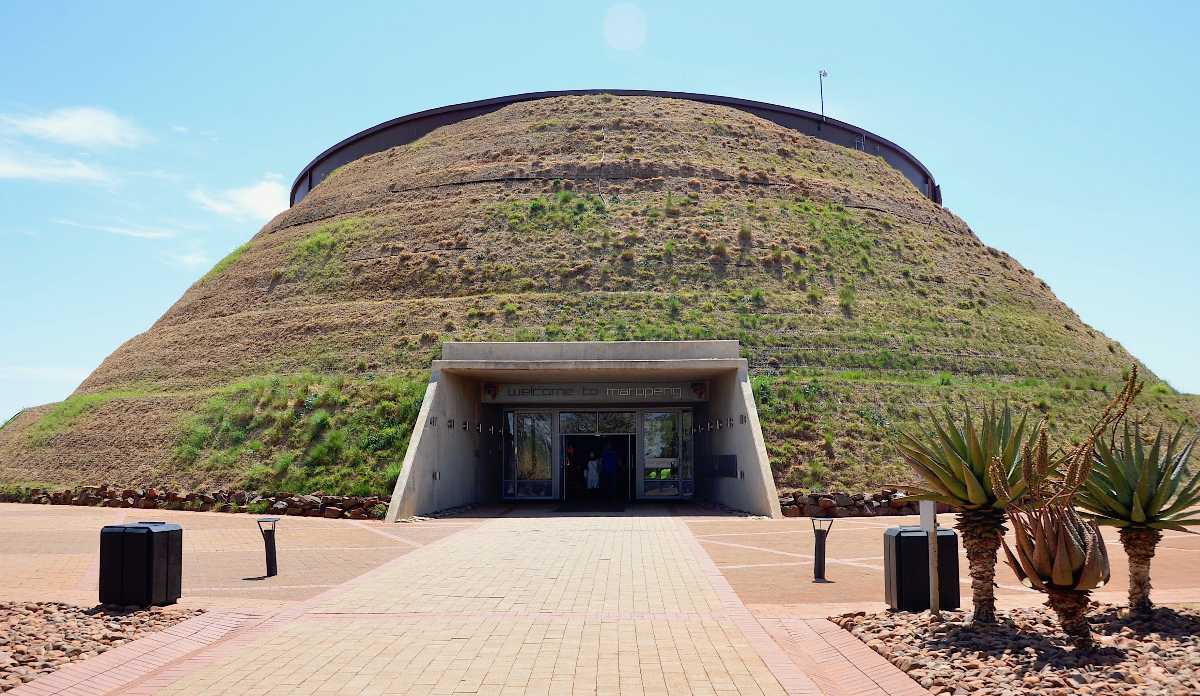Johannesburg North Attractions - Truths
Johannesburg North Attractions - Truths
Blog Article
An Unbiased View of Johannesburg North Attractions
Table of ContentsHow Johannesburg North Attractions can Save You Time, Stress, and Money.The 10-Minute Rule for Johannesburg North AttractionsAn Unbiased View of Johannesburg North AttractionsExcitement About Johannesburg North AttractionsThe 7-Minute Rule for Johannesburg North Attractions9 Easy Facts About Johannesburg North Attractions ExplainedSome Ideas on Johannesburg North Attractions You Need To Know
You need to keep safety in mind and tourists need to continue to be alert at all times when in unknown environments. Speak to the citizens when you are in town to locate out about the location you are remaining in. Johannesburg North attractions. When on the road (this does not put on shopping center and other safe and secure atmospheres) ideal general suggestions is to try your finest to resemble a local and to avoid showing any kind of form of riches
Rumored Buzz on Johannesburg North Attractions
Teacher Revil Mason O. J. (Thomson, 1946) discovered the Witwatersrand's pre-colonial history. His archaeological job took off the 'em pty land' myth, according to which the region was lacking human habitation before the arrival of European inhabitants. In his magazines Prehistory of the Transvaal: A Document of Human Task (1962) and Origins of Black People of Johannesburg and the Southern Western Central Transvaal Advertisement 3501880 (1986 ), Teacher Mason showed the extent of social and economic advancement in the area prior to Europeans established foot below.

The 6-Second Trick For Johannesburg North Attractions
In 1878, David Wardrop discovered gold in quartz veins at Zwartkop, north of Krugersdorp. In 1881, Stephanus Minnaar came across gold on the ranch Kromdraai, near the Cradle of Mankind.
In March 1886, an outcropping (soon to be called the Main Reef) was discovered, fairly fortuitously, on Gerhardus Oosthuizen's farm Langlaagte. Some state that the Lancastrian coal miner George Walker found this coral reef. An additional travelling English miner, George Harrison (who had actually formerly worked in Australian mines) obtained a prospecting licence in respect of Langlaagte in May 1886.
He chose to relocate on in a mission for greener fields, and disposed of his Langlaagte insurance claim for the baronial amount of 10. Alas: under lay the wealthiest goldfield ever before located. The exploration of this abundant auriferous coral reef prompted a gold thrill that indicated completion of bucolic tranquillity in the southern Transvaal.
It would, within six years, become the largest community in southerly Africa. Within a years, it would certainly make the Z. A. R. until after that an anarchical and bankrupt little state the wealthiest nation in Africa. By the turn of the century, the Z. A. R. was to exceed Russia, Australia and the United States of America to end up being the world's leading gold producer, creating even more than a quarter of the world's gold.
Johannesburg North Attractions for Dummies
It was understood as Ferreira's Camp, named after Colonel Ignatius Ferreira. He was a Boer traveler upon whom the British authorities had presented the status of Buddy of the Many Distinguished Order of St Michael and St George (qualifying him to the post-nominal letters C. M. G.) in gratefulness for his function in the battle that had deposed the Pedi king Sekhukhune in 1879.
Two various other camps were developed: Meyer's Camp on the farm Doornfontein, and Paarl Camp. The latter was nicknamed Afrikander Camp; several people from the Cape Nest settled there.

Our Johannesburg North Attractions PDFs
This name obtained currency by word of mouth, such that the State Assistant verified the name to the Mining Commissioner on 9 October 1886. Stands in the town were auctioned look at this now on 8 December 1886. While some stands were offered for 10, others were knocked down for as low as sixpence.
Two years later on, these erven were to change hands for as long as 750 each. The tented camps dwindled as a dorp of corrugated iron structures established and broadened north of the mines situated along the Key Coral Reef Roadway. Areas such as Jeppe's Community (where working-class immigrants erected their homes) and Doornfontein (where the upscale new 'Randlords' began to create their extravagant houses) were soon included to the ever-expanding map of the town.
The 10-Second Trick For Johannesburg North Attractions
In addition to the road names, there were no signs of Johannesburg being located in a Dutch-speaking country. Several years later, C. W. Kearns O. J. (one of the very first kids enrolled at St John's University in 1898) would recall: 'An unusual reality about Johannesburg was that, although it was in the [Boer Republic], almost everybody talked English and also the Federal government slaves resolved one in English, unless they were first addressed in the Taal (or Low Dutch)'.
Thus, Britain had a passion in ensuring optimal problems for gold manufacturing on the Witwatersrand, which the gold was exported to London instead of Berlin a critical rendered even more clamant by the Z. A. R - Johannesburg North attractions.'s raising toenadering with Germany. Mine proprietors got on a clash with Head of state Kruger, whose policy of monopolistic concessions (frequently granted to his cronies) prevented mining firms from obtaining supplies of products (particularly dynamite) and labour on their very own, more affordable terms
Not known Facts About Johannesburg North Attractions
In 1890, the Volksraad had restricted the franchise business to white men who had actually resided in the Z. A. R. for fourteen years or longer, therefore invalidating the majority of the immigrants (that took place to be the Read More Here major contributors to the fiscus). Frustration for the ballot was a mere pretext for advertising a various agenda; many uitlanders concerned themselves as short-lived visitors and had no intention of staying in the Z.
Report this page